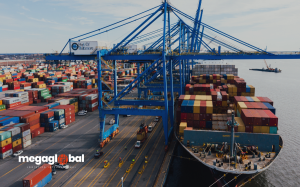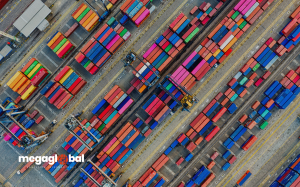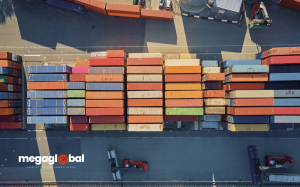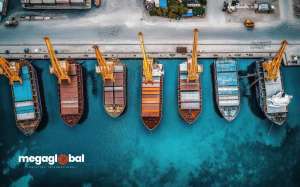Essential steps, required documents, and tips for a first shipment without surprises.
Entering the world of imports may seem simple at first, but there are key details that, if overlooked, can delay your operation or increase your costs. In this guide, we’ll walk you through essential steps and practical tips—based on official sources—so your first shipment crosses Paraguay’s borders smoothly.
1. Register properly
Before importing, you must be registered with the DNIT as a regular or occasional importer. This requires an active RUC and registration with the Single Window for Importers (VUI), an electronic system that simplifies import procedures and facilitates interaction between importers and the various regulatory institutions.
2. Get your prior license
Some goods—such as meat, agrochemicals, or machinery —require a Prior Import License (LPI) to enter the country. Use the official instructions to complete this process online. Doing so helps prevent rejections and customs blocks.
3. Classify your cargo carefully
The Harmonized System Code (HS Code) determines the applicable taxes and regulations. A misclassification can lead to fines or even seizures. Refer to the official database of the Ministry of Economy and Finance, and consult with professionals. You can also click here to learn more about the International Convention on the Harmonized Commodity Description and Coding System, and its Amendment Protocol.
4. Declare customs value correctly
The customs value declaration is a critical step. It must include the cost of goods, insurance, and freight (CIF). Mistakes here can trigger audits or surcharges. We recommend reviewing the DNIT’s official Value Declaration guide.
5. Be prepared for customs and sanitary inspections
Customs and agencies such as SENAVE, SENACSA, and MIC may conduct physical or documentary inspections. These checks go beyond agricultural products—they cover all types of goods. Officers verify that your cargo matches the documents (manifest, invoice, packing list), declared quantities, and complies with traceability, packaging, and labeling standards. They also check for restricted items like batteries, electronics, and chemicals.
6. Budget for taxes and additional costs
When goods enter the country, you must pay: import duties, VAT, internal tariffs, warehousing fees, and fines if applicable. Pro tip: Include these in your budget from the start to avoid unpleasant surprises.
7. Use the Single Window (VUI)
The VUI system centralizes licenses, declarations, and inspections. Always follow official instructions and stay alert to electronic notifications through Marandú to prevent delays.
Importing for the first time? Talk to one of our advisors and share this article with fellow entrepreneurs who are also taking their first steps in international trade.
#ParaguayImports #CustomsProcedures #SimpleLogistics #HSCode #InternationalTradePY #Megaglobal #Blog #InternationalLogistics #CargoTransport #MaritimeTransport #AirTransport #LandTransport #CustomsManagement







